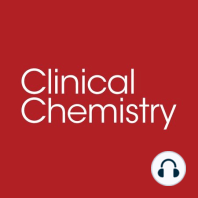8 min listen

Characterization of Human Salivary Extracellular RNA by Next-generation Sequencing
Characterization of Human Salivary Extracellular RNA by Next-generation Sequencing
ratings:
Length:
13 minutes
Released:
Jul 28, 2018
Format:
Podcast episode
Description
It was once thought that RNA only existed within cells. However, recent discoveries show that RNA is exported from cells and may be functional in cell to cell communication. This extracellular RNA can be abundant and stable and is found in bodily fluids such as saliva. Saliva has long been of interest for biomarker discovery and development, given its noninvasiveness and relative ease of collection. Despite these advantages, use of saliva for understanding more about extracellular RNA and its role in human biology and disease through RNA sequencing has some challenges. The high bacterial content and low abundance of extracellular RNA in saliva mean that optimization of RNA library construction and isolation protocols are critical to the success of these RNA sequencing experiments. An original research article in the July 2018 issue of Clinical Chemistry compares different RNA isolation methods and library construction kits for long and small RNA sequencing of salivary extracellular RNA. The authors described which protocols provide the best RNA yield and detection by next generation sequencing.
Released:
Jul 28, 2018
Format:
Podcast episode
Titles in the series (100)
A Critique of the Hypothesis, and a Defense of the Question, as a Framework for Experimentation by Clinical Chemistry Podcast